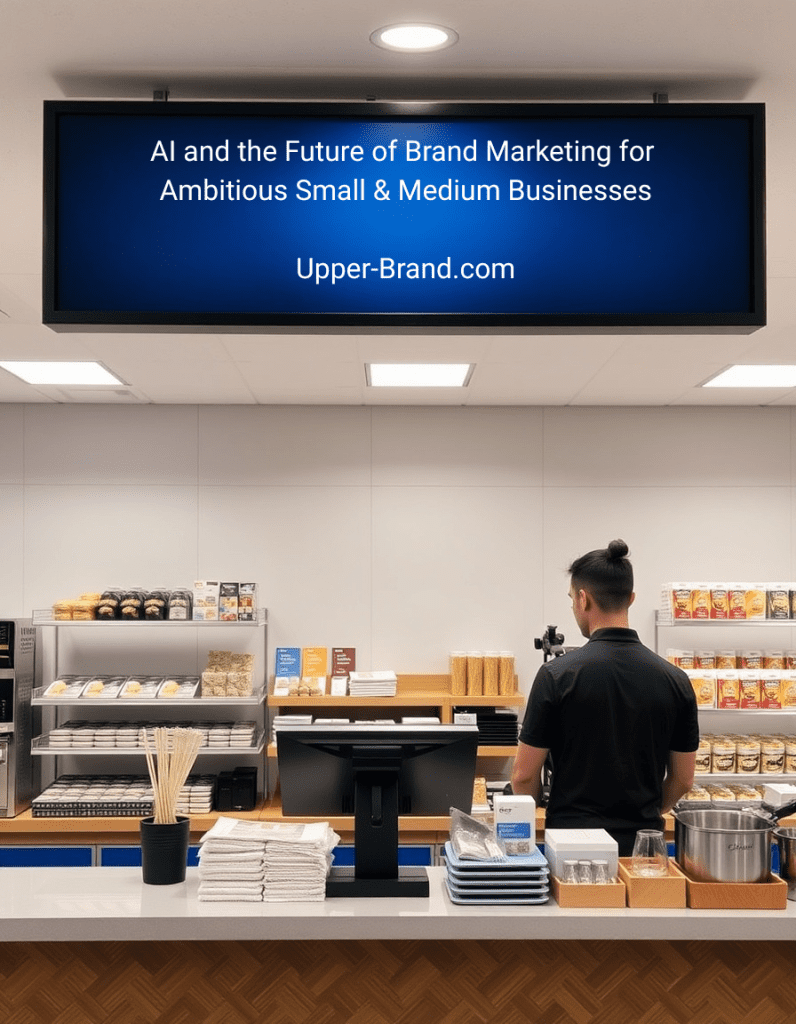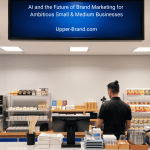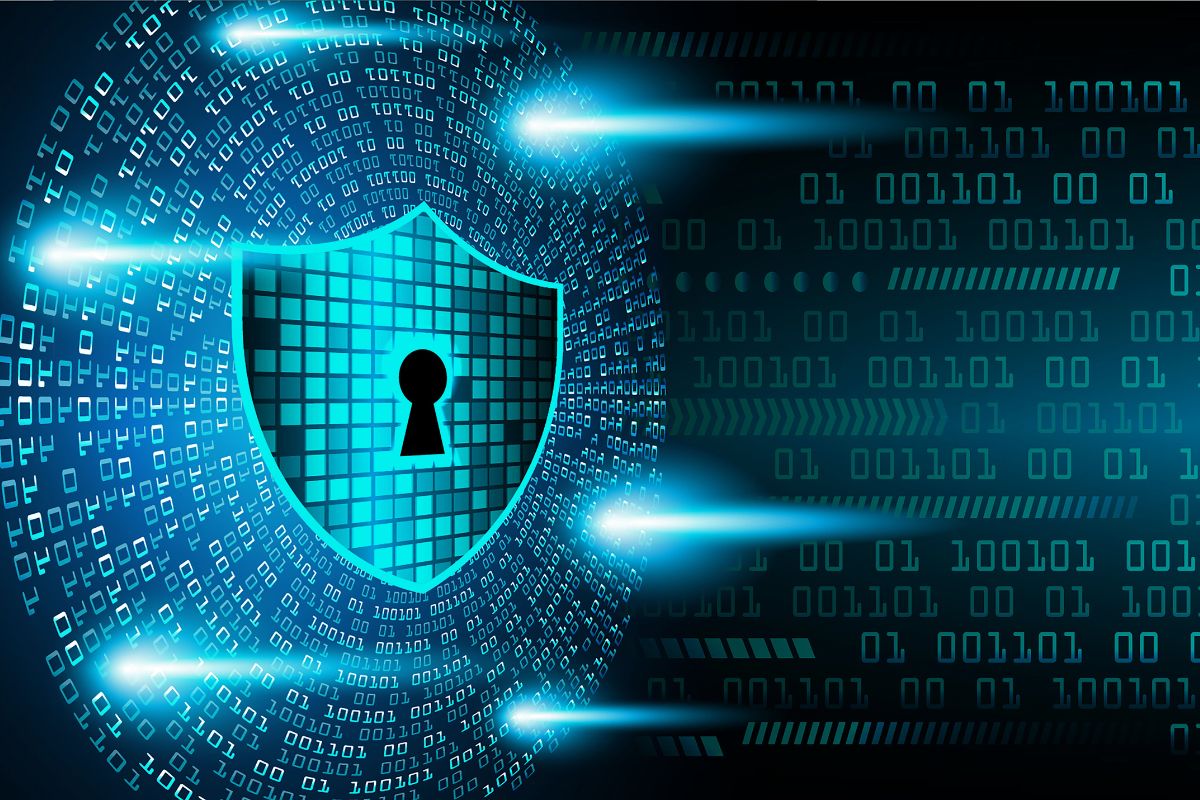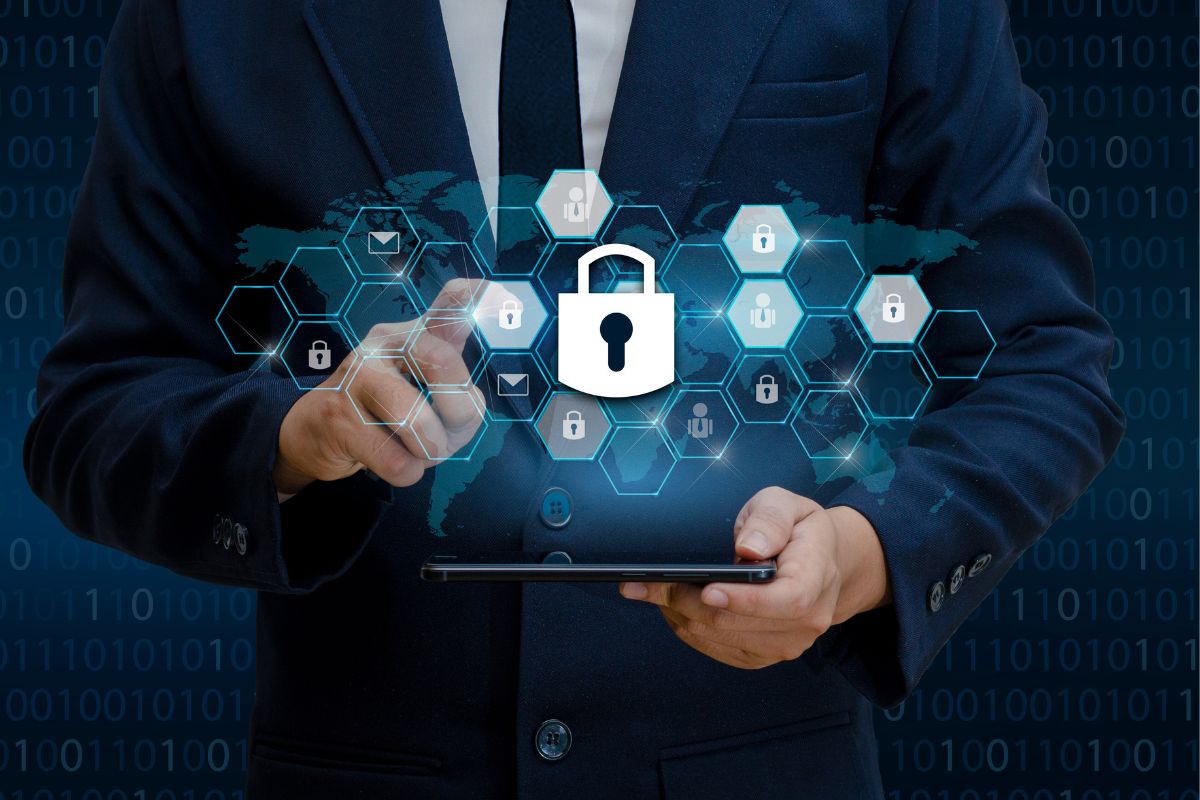The New Era of Cyber Resilience at Machine Speed

The Future of Security Has Arrived
We have entered a turning point in digital security. Artificial intelligence is not just influencing marketing, healthcare, or logistics. It is redefining cybersecurity itself, creating a world where threats move at machine speed and defenses must respond with equal velocity. This is not a distant trend. It is the present reality for business leaders in Canada, the United States, and beyond.
Generative AI has given attackers powerful new tools to personalize, automate, and scale their campaigns. At the same time, defenders are embracing AI to detect anomalies, neutralize threats, and adapt on the fly. The stakes are no longer about whether your systems are protected. The stakes are about whether your business can thrive in an environment where resilience, governance, and adaptive intelligence are the true measures of leadership.
A Shift From Defense to Resilience
Traditional cybersecurity was about building walls. Firewalls, antivirus systems, and rule-based monitoring all attempted to block attacks before they could break through. But when attackers operate at machine speed, those walls are no longer enough.
The new era is about resilience. Leaders must expect that breaches will occur. The competitive advantage will belong to those who can recover faster, adapt their systems, and maintain trust in the face of disruption. In a digital economy where trust is currency, resilience becomes a brand differentiator as much as a security necessity.
The Machine-Speed Threat Landscape
What does it mean when attacks move at the speed of machines? It means the window of response has collapsed.
- Automated reconnaissance can map your systems in minutes, identifying weak points before your team even notices.
- Deepfake impersonations can trick employees into transferring funds or exposing data with a phone call or video that looks authentic.
- Malicious prompts can exploit your AI tools, turning them into gateways for sensitive information leaks.
- Adaptive malware can rewrite its behavior when it encounters obstacles, bypassing defenses designed for yesterday’s threats.
This acceleration creates a new dynamic. The battle is no longer about spotting what looks suspicious. It is about anticipating the moves of intelligent systems that learn and evolve.
AI as the Defender’s Edge
The same technology that empowers attackers is also transforming defense. Forward-thinking companies are investing in AI-driven platforms that act as vigilant guardians, watching every signal, every pattern, every anomaly.
- Real-time detection: AI platforms identify deviations from normal behavior and flag them instantly.
- Autonomous containment: When something goes wrong, AI isolates the threat automatically, preventing it from spreading.
- Continuous threat hunting: AI tools do not wait. They search for vulnerabilities proactively, closing gaps before they are exploited.
- Governance and auditing: AI platforms now include oversight mechanisms that provide transparency, helping businesses comply with evolving regulations.
This is the new playbook: defense that is not reactive but adaptive, not static but self-improving. It is not about building higher walls but about making your systems intelligent enough to stand their ground and evolve under pressure.
Governance as a Leadership Imperative
Technology alone will not win the machine-speed race. Governance is the anchor that prevents innovation from drifting into chaos. Without clear accountability, even the most advanced AI systems can become liabilities.
Leaders must ask critical questions:
- Who is responsible when an AI system acts autonomously and something goes wrong?
- How do we manage shadow AI tools that employees adopt without approval?
- What oversight ensures that AI systems align with compliance requirements?
Boards and executives cannot delegate these questions to IT alone. Governance must be embedded at the highest levels of decision-making. It is not simply a matter of security. It is a matter of brand trust, customer loyalty, and long-term resilience.
The Strategic Risks on the Horizon
Analyzing the landscape, four core risks dominate the conversation:
- Speed of escalation: Attacks unfold in seconds, leaving no time for manual responses.
- Expanded attack surfaces: AI systems themselves are potential targets for manipulation or misuse.
- Attribution blind spots: Machine-driven attacks obscure responsibility, making legal and insurance responses more complex.
- Regulatory exposure: Governments are increasing scrutiny of AI adoption, with compliance failures carrying heavy costs.
Each of these risks is more than a technical challenge. They are strategic realities that will shape competitive advantage in the coming years.
The Practical Roadmap to Resilience
Vision must translate into execution. Leaders must combine adaptive technology, governance, and preparedness into a cohesive strategy.
1. Board-Level Engagement
Cyber resilience is not a technical detail. It is a boardroom issue. Executives must define ownership of AI risk and demand accountability across the organization.
2. Visibility and Monitoring
You cannot protect what you cannot see. Businesses need a live inventory of all AI systems in use, including unauthorized applications, and must monitor their behavior constantly.
3. Deployment of Adaptive AI
Invest in platforms that respond in real time, isolate threats, and learn continuously. Defensive AI must evolve at the same pace as offensive AI.
4. System Hardening
Apply least-privilege access, filter prompts, stress-test models, and maintain audit logs. Defensive strength is built on rigorous preparation.
5. Resilience Planning
Expect breaches. Maintain backups, test incident response plans, and run simulations of AI-driven attack scenarios. The winners will not be those who avoid every incident, but those who rebound quickly and preserve trust.
6. Culture of Readiness
Employees are your first responders. Training them to recognize deepfakes, phishing attempts, and AI-driven scams creates a human layer of vigilance that complements machine defenses.
Vision for the Future
Cybersecurity is no longer a back-office function. It is now at the center of brand strategy, market positioning, and competitive differentiation. Customers and partners want to know not just that you have security in place, but that you can adapt, recover, and remain trustworthy in an environment where threats are evolving at machine speed.
The companies that will define the future are those that see beyond defense. They will build resilience into their identity, governance into their culture, and adaptive intelligence into their systems. They will recognize that cybersecurity is not simply protection. It is the foundation of innovation, trust, and growth in the digital economy.
The take-away
The new era of cyber resilience is here, shaped by the twin forces of generative AI and autonomous systems. Attackers are faster, smarter, and more adaptive than ever before. But defenders have the same tools at their disposal. The deciding factor will not be who has the better technology, but who uses it with vision, governance, and resilience.
In this race at machine speed, leadership is not about standing still or reacting late. It is about anticipating the future, building systems that adapt as quickly as the threats, and positioning your brand as one that can be trusted no matter how fast the digital world moves.










